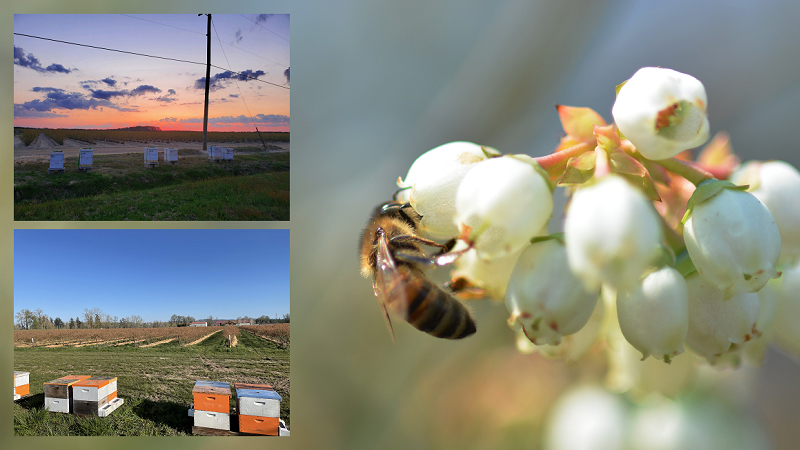Why Does E. coli Keep Showing Up in Fall Romaine?
Researchers may be closing in on why E. coli outbreaks occur seasonally.
A recent study from USDA ARS found E. coli survived more than five times longer on cut romaine harvested in fall when compare to romaine harvested in the spring.
“We also found that among romaine varieties with longer and shorter shelf life in this study, the deterioration rate of the variety with long shelf life was significantly greater when harvested in the fall than in spring. I have observed this in previous studies as well but the significance to E. coli on lettuce had not been tested. Here we showed that greater deterioration in the fall lettuce was associated with better pathogen survival,” explained study co-author ARS geneticist Ivan Simko, with the Crop Improvement and Protection Research Unit in Salinas, CA.
For their research, scientists took a practical approach, including mimicking industry practices like cold storage.
“To begin unravelling the causes of these seasonal outbreaks, our research team looked at various factors to identify conditions that may increase E. coli survival on fresh-cut lettuce that we grew in Salinas, and processed and cold-stored in modified atmosphere packaging as is done commercially,” said ARS microbiologist Maria Brandl, with the Produce Safety and Microbiology Research Unit of the ARS Western Regional Research Center in Albany, California, and leader of the study.
The team found another deviation between spring and fall harvested romaine — bacterial load. This suggests a potential for using the microbiome as an indicator of the microbial quality of fresh-cut bagged lettuce, the USDA press release says.
“While prevalence may also be involved, our results strongly indicate that fall-harvested romaine and the microbe communities it harbors have intrinsic characteristics that make them a better place for E. coli to survive in fresh-cut product. These are the next areas we want to work on,” Brandl says.
For example, Brandl says, can biologist manipulate this tendency through plant physiology and breeding and microbiome engineering?
“And would this trend also be observed for E. coli survival in the field? Our observations definitely open an entire new branch of inquiry about outbreak seasonality,” she says.









